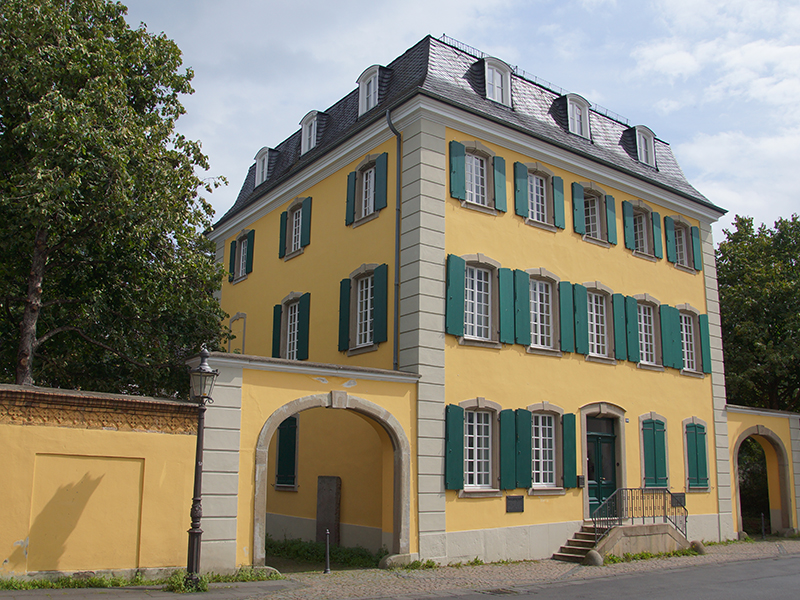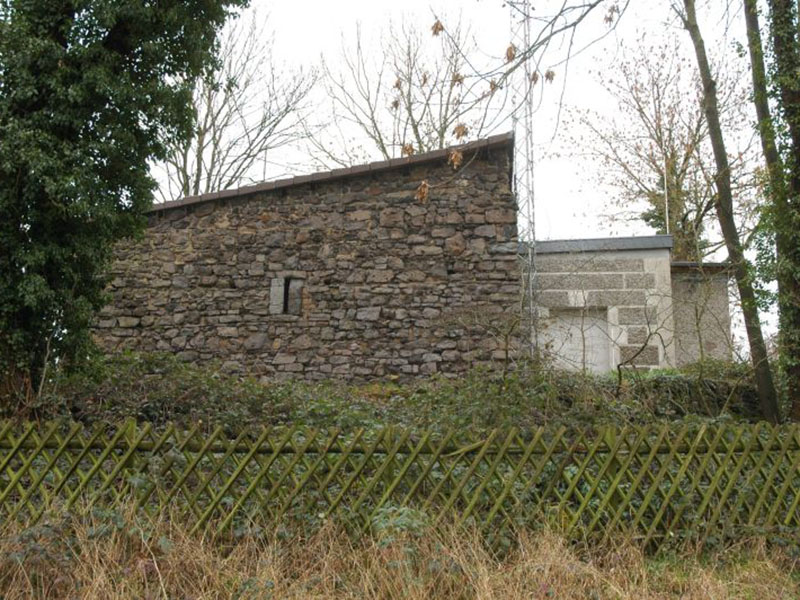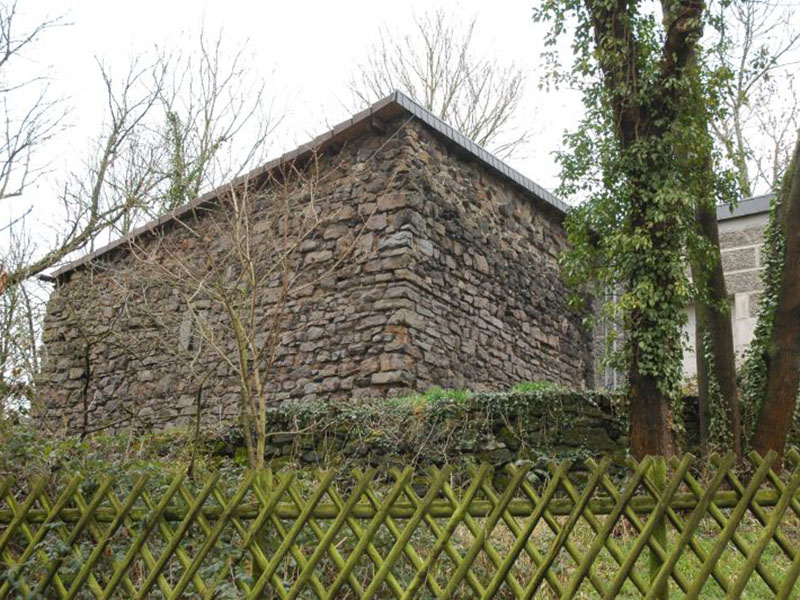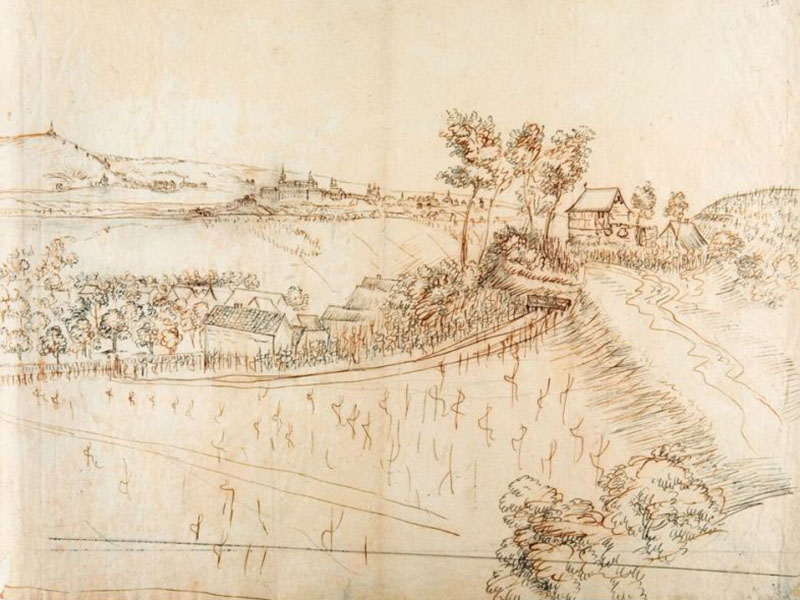
PROJECT "CASTLE LIMPERICH
Inform yourself about our projects around Limperich Castle.

Illustration: Residential tower of the former Limperich Castle
Limperich castle
Limperich Castle, situated on the southern terrace of the Finkenberg above an old branch of the Rhine, is today the ruin of a modest medieval fortification. It consists of a tower on a central hill, a cellar below it and former shield and rampart walls flanking it almost on all sides, as well as imposing protective walls on the hillside. The square tower of 1.50 metre thick walls, on a base area of 10 by 7.50 metres, was a residential building with a defensive character. Today, only the ground floor and cellar remain.
The castle complex is attributed to the 11th century and is thus probably one of the earliest buildings in our region; it is the oldest in the Bonn city area, older than the Godesburg, for example.
The first known lords of the castle were the Knights of Drachenfels, later among others the Bergisch noble family of Nesselrode and the Cologne merchant family Foveaux.
The castle was probably destroyed in 1689 during the Palatinate War of Succession. The tower house lost its longitudinal walls on the upper floors, but these were rebuilt (in half-timbering); a gable roof was added to the whole.
This is made clear by pictures by R. Roidkin from 1725, which also reveal the half-timbered ensemble of the castle courtyard in the immediate vicinity. They, like again the upper floors of the tower house, came down in the 19th century. Rebuilding the tower is the (distant) goal of the preservationists.

Illustration: Residential tower of the former Limperich Castle

Illustration: R. Roidkin, sketch around 1729, view of the castle (right), the Mylendonker Barockhof (in the valley), and Bonn (in the background).
The castle complex is doubly protected as a monument: The whole is a ground monument, residential tower with cellar and ramparts a (building) monument.
At the time of basalt quarrying (1850 - 1930), the "castle" was used as a company office for a quarry. For this purpose, a separate building was added to the tower around 1900, which is not listed.
Since 1967, private amateur radio operators have been running their clubhouse there. They also own the historical parts of the castle. The whole area is closed off by a solid fence; access for the public is not possible.
Further links:
